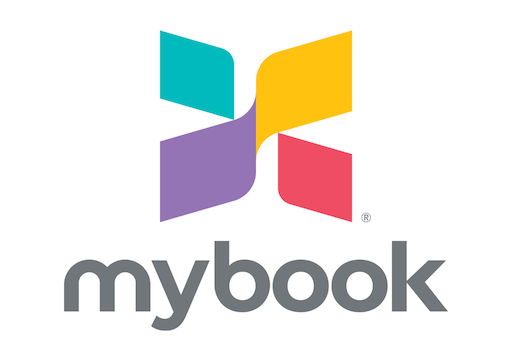Tell Digital Marketing Requirements: 5 Must-Have Tips for Success
Tell digital marketing requirements as client? If you’re diving into the world of digital marketing, you’ll quickly realize that clarity is key. Whether you’re engaging with an agency or internal marketing team, articulating your needs can make a world of difference. Over the years, I’ve had the privilege of working with various clients and observing what makes some projects soar while others stall. Here’s a structured look at the essential requirements you need to convey to spark that marketing magic.
1. Define Your Goals Clearly
Before you even think about tactics, take a moment to reflect on your objectives. What do you want to achieve? Are you looking to increase brand awareness, drive traffic to your website, generate leads, or boost sales? Each of these goals requires a unique strategy. For example, I once worked with a small bakery aiming to ramp up their online orders. We sat down and defined a clear aim: they wanted to increase online sales by 25% over six months. This clarity helped shape our approach, leading us to focus primarily on SEO for their website and social media promotions.
2. Know Your Audience Inside and Out
Understanding your target audience is not just helpful; it’s essential. You need to provide detailed insights about who you’re trying to reach. What are their interests, age groups, and pain points? Creating buyer personas can be incredibly beneficial here. For instance, if you’re a real estate agent, knowing whether your ideal clients are young families looking for their first home or retirees seeking vacation properties will significantly influence your content strategy. Remember, the more you can specify, the better your marketing team can tailor their strategies.
3. Set a Realistic Budget
One of the most common pitfalls in digital marketing is underestimating costs. Having a budget is crucial; it helps set expectations and allows your marketing team to develop a suitable strategy within financial constraints. When defining your budget, consider all the components—advertising costs, content creation, and tools for analytics, among others. I once worked with a start-up that had an ambitious vision but a modest budget. By prioritizing their spending—allocating funds primarily for social media ads and content—it was possible to achieve significant growth without stretching finances too thin.
4. Choose the Right Platforms
In today’s digital landscape, different platforms serve different purposes. Knowing where your audience spends their time can make or break your marketing efforts. If you’re targeting millennials, platforms like Instagram or TikTok might be your best bet. On the other hand, if your audience consists of professionals, LinkedIn could be more effective. In my experience, a client who initially planned to only use Facebook for their campaign saw remarkable improvement when we diversified their strategy to include email marketing and Instagram, catering to the visual nature of their product.
5. Establish Clear Metrics for Success
Lastly, it’s crucial to define how you’ll measure success. What KPIs (Key Performance Indicators) will you track? Whether it’s website traffic, conversion rates, or social media engagement, having predetermined metrics will help you assess your campaign’s effectiveness. I always advise clients to use tools like Google Analytics to keep tabs on crucial data. After implementing these metrics for a client focused on lead generation, we were able to iterate and improve their campaign based on what the data suggested.
Wrapping It Up with Effective Communication
Delivering your digital marketing requirements as a client doesn’t have to be a daunting task. By clearly defining your goals, understanding your audience, setting a realistic budget, choosing the right platforms, and establishing metrics for success, you can pave the way for a productive marketing partnership. Remember, effective communication is at the heart of every successful relationship—marketing included!
—
Frequently Asked Questions
Q1: What should I prioritize when discussing digital marketing with my team?
A1: Start with your goals. Clearly defining what you want helps focus all discussions around strategy, audience, and budget.
Q2: How can I better understand my target audience?
A2: Utilize surveys, social media insights, and market research to create detailed buyer personas that reflect your audience’s interests and needs.
Q3: How do I determine which digital marketing platform to use?
A3: Analyze where your target audience spends their time online. Tailor your strategy to those platforms to maximize engagement and reach.
Related Posts
Switch Lead Gen Expert: Effortless Steps for Success
In todays competitive landscape, becoming a switch lead gen expert can transform your approach to business growth. With a focus on building relationships and understanding your audience, youll discover...
Switch Instagram Consultant: Effortless Guide to Success
Are you struggling to make an impact on Instagram? A switch to an Instagram consultant could be your key to effortless success, guiding you through the ever-changing social media landscape and helping your...












